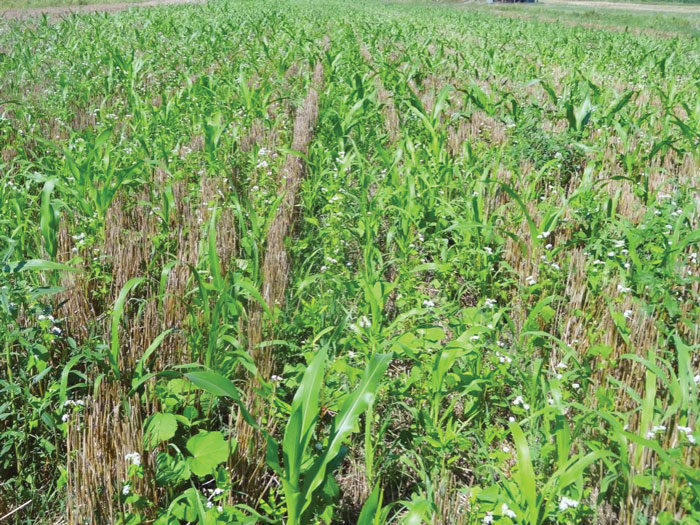No-Till Farmer
Get full access NOW to the most comprehensive, powerful and easy-to-use online resource for no-tillage practices. Just one good idea will pay for your subscription hundreds of times over.

MULTI-SPECIES COVER. Paul Jasa typically sows a 12-14 species cover crop into wheat stubble. He says diversity of both warm-season and cool-season species is the key to maintaining roots growing in the field after winter kill takes out warm-season species. Paul Jasa
No-Till Legend Paul Jasa has been studying conservation tillage — and no-till in particular — since 1981 for the University of Nebraska. Decades later, he’s convinced parking the plow is only the first step to unlocking the many benefits of a system that will improve farm productivity by building soil structure and enhancing soil biology
Jasa, an ag engineer, recalls a mid-June trip to western Nebraska that saw an overnight thunderstorm drop 6 inches of rain in the area.
“I was out taking pictures of a field the next morning when a farmer drives up and asked what I was doing,” Jasa says. “I asked him how much rain he got during the night. Frustrated, he exclaimed, ‘6 inches. Worthless rain. Came so fast it crusted my field and washed out my terraces. When am I going to be able to get back in there to till and replant? Worthless rain!’”
Meanwhile, the no-till field across the road showed only minimal water behind the roadside terrace, his crop was not disturbed, and a moisture rod revealed a full moisture profile down to 6 feet raising grain sorghum.
“The no-tiller told me it was the best rain he had in ages,” Jasa says. “Same rain. And only a road and management differences separated the two fields.”